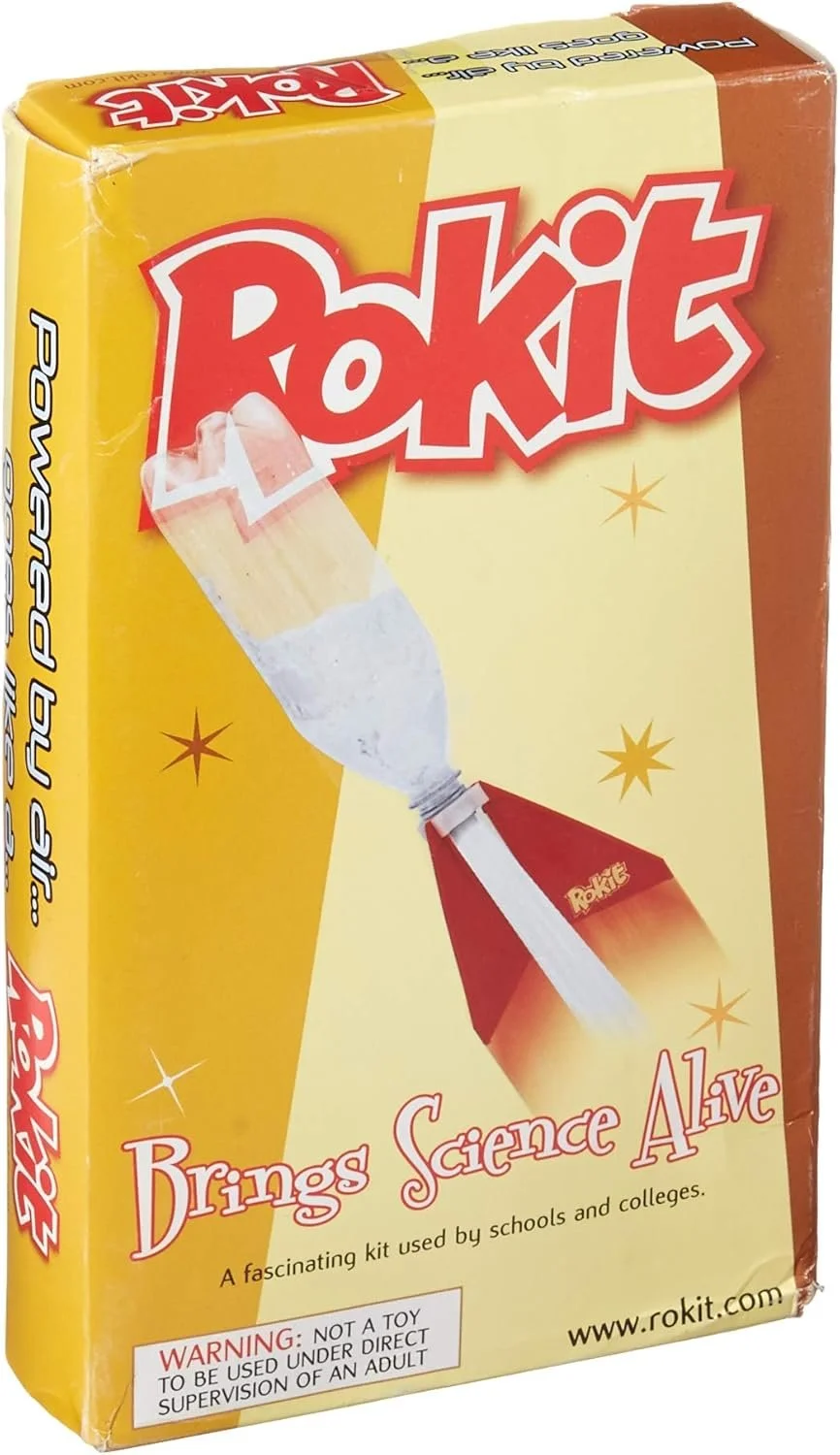MARKETING
MARKETING
Poster
Download
£17.54
+
Well-established in educational settings
Very affordable price point (£17.45)
Simple, straightforward design
-
No data collection capabilities
Basic recovery method (no parachute)
Limited altitude (30 meters)
Competitor Analysis
$34.99
+
Simple operation for immediate fun
Established brand (30+ years)
Interactive catching game element
-
Air-powered stomping (not water rocket physics)
Limited altitude capability
No educational measurement features
$49.99
+
Impressive maximum altitude (2,100 feet)
Professional-grade two-stage rocket design
Established brand with strong reputation
-
A lot more expensive ($49.99) than our Thrustra X1
Requires specialized rocket engines (additional cost)
No data collection capabilities
Not focused on water rocket physics principles
Market Trends
When I reviewed the two IBISWorld graphs about the UK toy market, I considered where water bottle rockets might fit. The first graph—a donut chart—indicated that “Outdoor and sports products” hold the largest market share. While this seems promising, this category is broad, encompassing items from bicycles to trampolines, making it challenging for a niche product like mine to stand out. The second graph—a line chart tracking revenue from 2014 to 2029—showed that the market peaked around 2015–2016, dipped during the pandemic, and has been gradually recovering. This suggests a mature market with limited growth, prompting me to reconsider selling directly to consumers.
Exploring online marketing avenues, I found that the costs could significantly erode my profit margins. For instance, the average cost per click (CPC) on Google Ads in 2025 is around £3.33 . Given my profit of £7.11 per kit (table shown below), acquiring a customer through such ads could consume nearly half of my profit. Additionally, selling on platforms like Amazon involves fees: the Individual plan charges £0.75 per unit sold, and the Professional plan costs £25 per month, excluding VAT . These expenses, coupled with unpredictable sales volumes, make direct-to-consumer sales less appealing.
In contrast, targeting schools presents a more viable and profitable strategy. Assuming schools already possess micro:bits, my kits can seamlessly integrate into their existing STEM programs. Schools are likely to purchase in bulk, aligning with curriculum needs, and provide a more predictable sales channel. Moreover, as previously calculated, selling to schools could yield a higher return on my time and investment, especially once the initial equipment costs are covered. This approach not only aligns with educational objectives but also offers a sustainable business model.
Profit
I explored two possible sales scenarios for my water bottle rocket kits—one where I succeed 20% of the time when reaching out to schools, and a more optimistic one with a 50% success rate. Each kit costs £2.89 to make and I plan to sell them for £10, giving me £7.11 profit per unit before factoring in time or the cost of the 3D printer (£1,849). To sell 300 kits, I’d need 15 schools to buy 20 kits each. With a 20% success rate, that means contacting 75 schools, which takes around 150 hours of my time just for sales. It would take 260 kits sold to break even on the printer, which requires about 130 hours of sales effort. After that, I’d only have £284 left over from the first 300 sales—about £1.89 per hour, not including time spent making or packing the kits.
In the second scenario, where my sales success rate is 50%, everything becomes more efficient. I’d only need to reach out to 30 schools to get 15 sales, which takes just 60 hours of sales work. The material costs and profit per kit remain the same, but now I hit that same £284 leftover profit much faster, and my hourly return jumps to £4.73 just on sales time. It still isn’t amazing pay for all the effort, but it’s more than double what I’d earn at a 20% success rate. Plus, I’d still only need to sell 260 kits to cover the printer cost, but it would only take 52 hours of sales time to get there instead of 130.
What’s most exciting is what happens after the printer is paid off. That £7.11 per kit becomes actual income, and if I keep up the 50% success rate, selling another 300 kits would bring in over £2,100. With just 60 hours of sales needed for that batch, my time would be worth around £35 an hour—an amazing return. This whole analysis made it clear that while cutting material costs helps, improving how good I am at selling makes a much bigger difference. If I can become more effective at turning school contacts into buyers, the business becomes far more profitable and rewarding.











